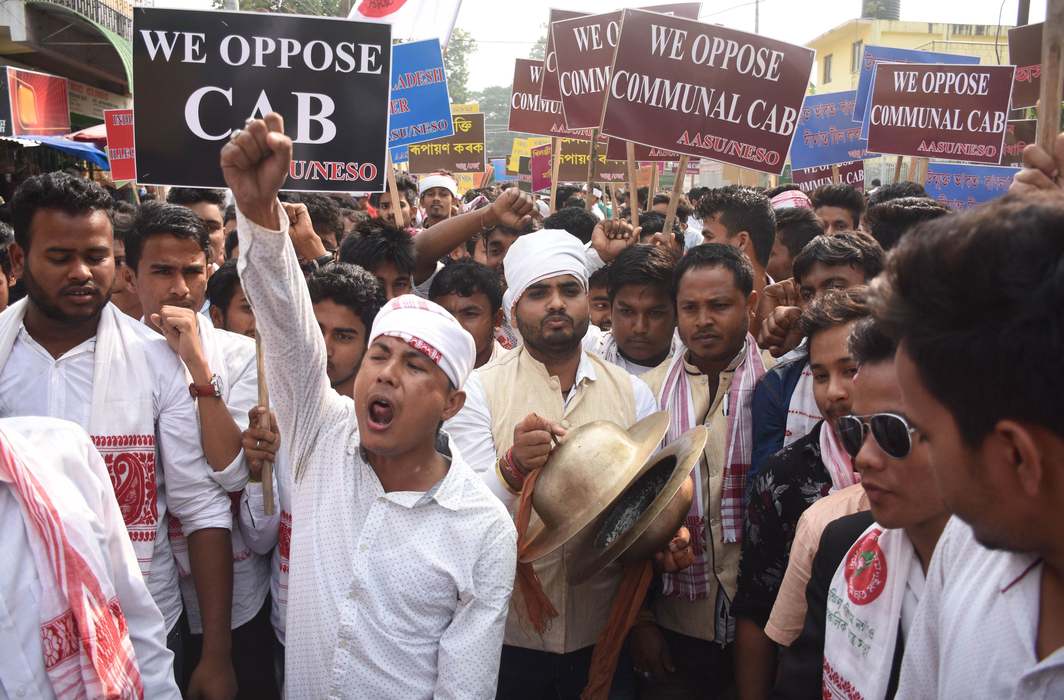What is Section 144?
The Section 144 of the Indian Criminal Procedure Code prohibits assembly of four or more people and public movement in an area. It also prohibits civilians from carrying weapons of any kind, including lathis, sharp-edged metallic objects or firearms in public places.
Police or other security personnel are the only ones allowed to carry weapons in areas placed under Section 144.
All educational institutions in the given area are closed. Holding any public meeting or conducting allies are also prohibited.
Who has the power to impose Section 144?
A District Magistrate, a sub-divisional Magistrate or any other Executive Magistrate on behalf of the state government can issue an order to impose Section 144.
When is Section 144 imposed?
Section 144 is imposed in urgent cases of nuisance or as a precautionary measure in case there is fear of law and order issue that has the potential to cause trouble or damage to human life or property.
It is often imposed to prevent:
- obstruction, annoyance or injury to any person lawfully employed
- danger to human life, health or safety and
- disturbance of peace, or a riot or clashes
Section 144 consequently violates the provisions of fundamental rights enshrined under Article 19, which forms the basic structure of the constitution. Categorically, this section violates the fundamental right to assemble peacefully and unionize.
The Article 19(1) of the Constitution states that all citizens shall have the right to:
- (a) freedom of speech and expression;
- (b) assemble peacefully and without arms;
- (c) form associations or unions;
- (d) move freely throughout the territory of India;
- (e) to reside and settle in any part of the territory of India; and
- (f) omitted
- (g) practise any profession, or to carry on any occupation, trade or business
Notification and duration
A notification of its imposition and withdrawal is issued by the district magistrate, a sub-divisional Magistrate or any other executive magistrate on behalf of the state government.
No order under Section 144 shall remain in force for more than two months, but the state government can extend the imposition up to six months. It can be withdrawn at any point of time if the situation becomes normal.
How is a curfew different from Section 144?
A curfew orders people to stay indoors for a specific period of time where prior approval is required from the local police to step outside. Curfew is also imposed on the orders of district magistrate or a sub divisional magistrate on behalf of the state government.
A curfew, in one way, can be said to be an extension of Section 144.


